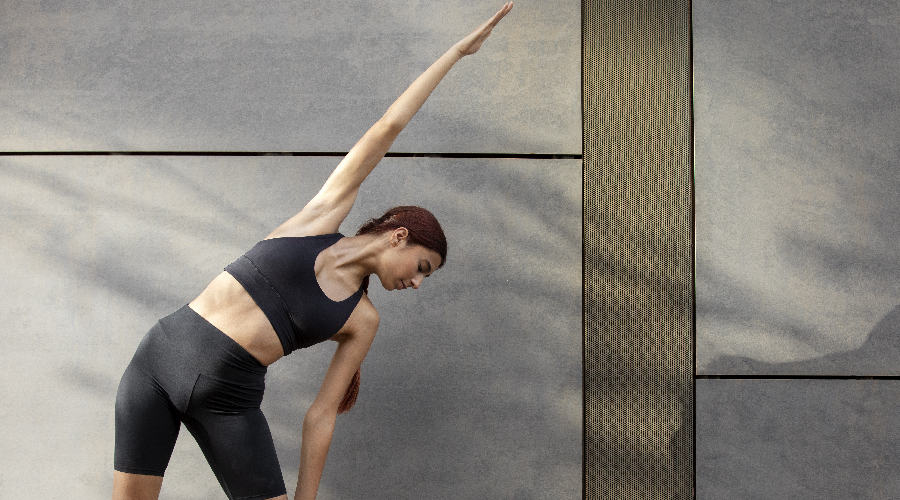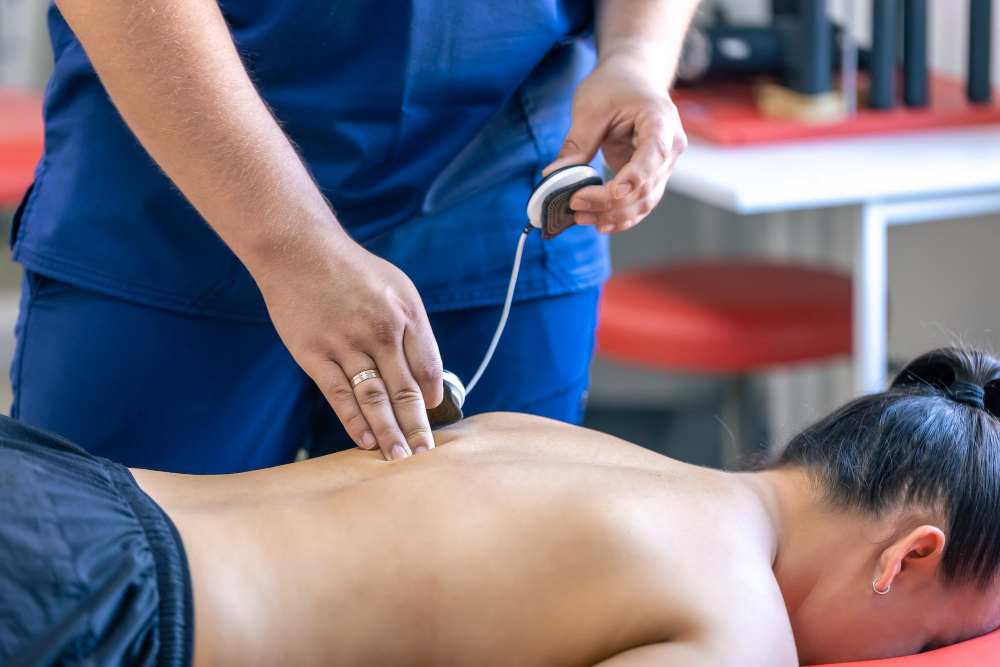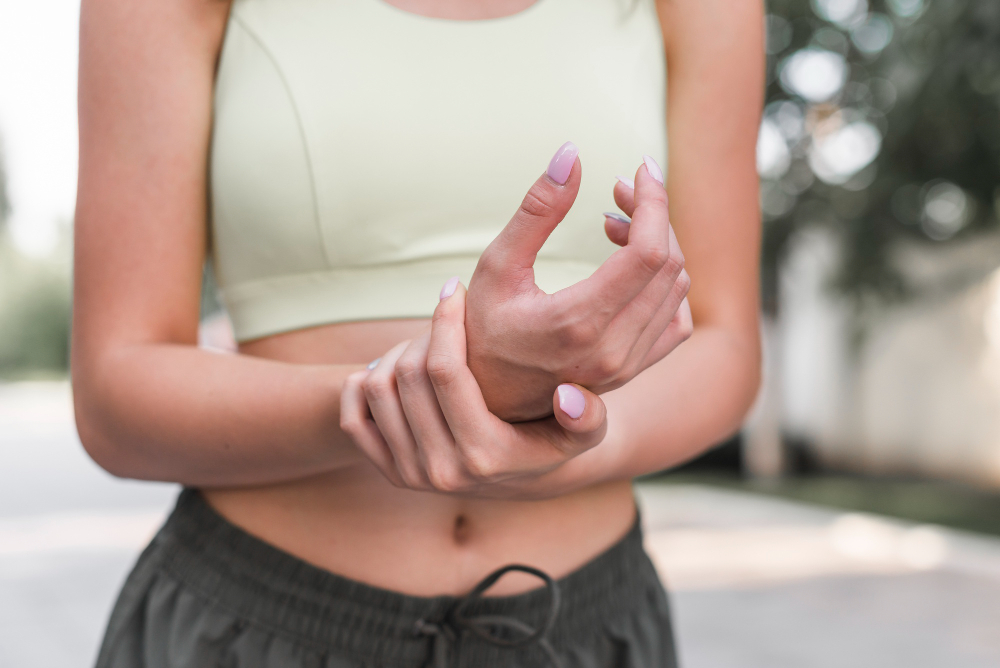So, you’re in the middle of an intense run or workout. It’s going great, you’re feeling like you’re at the top of your game. Then suddenly you’re hit with a sharp pain that stops you in your tracks – a stitch.
But why all of a sudden did you get a stitch? First, let us explain what a stitch is.
About The Carl Todd Clinic: Physiotherapy treatments | Expert treatments from sport massage therapists | Osteopathy treatments and more. Find a physiotherapy clinic near you.
What is a stitch?
A stitch is a painful feeling in the abdomen, brought on by activity. In medical terms, a stitch is known as an ‘exercise-related transient abdominal pain.’ You will know if you have a stitch if you have any of the following;
- Sharp or stabbing pain in your abdomen
- Mild aching or cramping in your side
What causes a stitch?
Although stitches are harmless, they can be extremely painful. We don’t know for sure what causes them, but many theories have been developed on causes and cures.
Possible causes of a stitch include:
- Lack of blood supply to the diaphragm
- Ligament strain around the liver or stomach
- Gastrointestinal distress
- Shallow breathing
However, the most common theory suggests that stitches are caused by the parietal membrane (around the abdominal area) becoming irritated. When you exercise, your abdominal muscles become tired and leave your back muscles to do more of the work, resulting in pressure on certain nerves.
Why do I get a stitch when running?
During running, the jolting of organs connected to the diaphragm puts a strain on certain ligaments, which can result in the pain we characterise as a stitch. However, it can also be due to the type or amount of food you have eaten prior to running.
How do you prevent a stitch?
To prevent a stitch, it is useful to be mindful of the following measures. Here are 5 ways to prevent a stitch:
1. Make good food choices
If you are having a pre-exercise meal, choosing the right type and amount of food to eat is key in preventing a stitch, alongside leaving enough time before exercising. In general, it is best to limit the amount of food you eat directly before exercising, and aim to leave at least an hour and a half between eating and exercising.
2. Avoid high sugar consumption
As stitches can be caused by stomach irritation, it is also best to avoid sugary food and drinks prior to exercise.
3. Stay hydrated
Ensuring you are properly hydrated before exercising can go a long way in preventing a stitch. Monitor your water intake in the twelve hours before exercise to ensure regular hydration, and drink small amounts in the few hours before exercising.
4. Warm up
Make sure you warm up prior to exercising, and build up your intensity gradually. This will help to prevent a stitch, while also ensuring you get the most out of your workout!
5. Breathe
Focus on your breathing. For example, if you are running, you can synchronise your breathing rate with your leg strides. Shallow breathing is a possible cause of stitches, so it’s important to breathe efficiently and effectively.
How to stop getting stitches
If you get a stitch, it will usually ease if you stop the activity you are doing, or reduce the intensity of the specific exercise. Here are some ways to treat a stitch:
- Take a break
- Take deep breaths and exhale slowly
- Stretch your abdominal muscles by reaching a hand overhead and bending into the side where the stitch is felt
- Stay hydrated while exercising

Most people experience a stitch now and again, and it is a very common occurrence in endurance sports.
Luckily, a stitch should resolve itself within a few minutes once you finish exercising. If you experience stitches that last for hours or experience stitch-like symptoms that are not as a result of exercise, then we would advise that you contact your GP.
We hope this helped you to understand what a stitch is and what causes one. If you have any other injuries you would like to know more about, we have a whole load of helpful articles in our insights section which may help.





